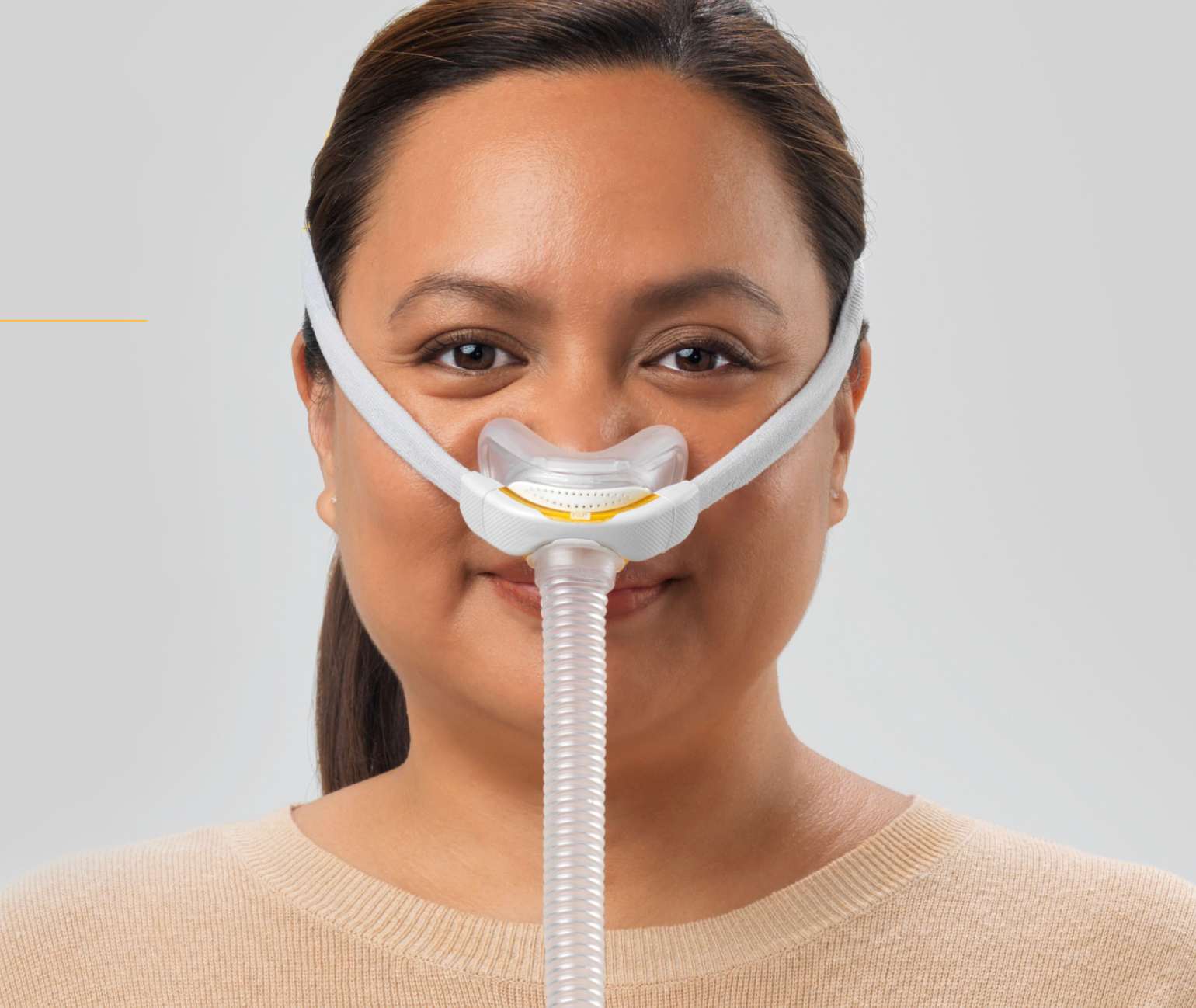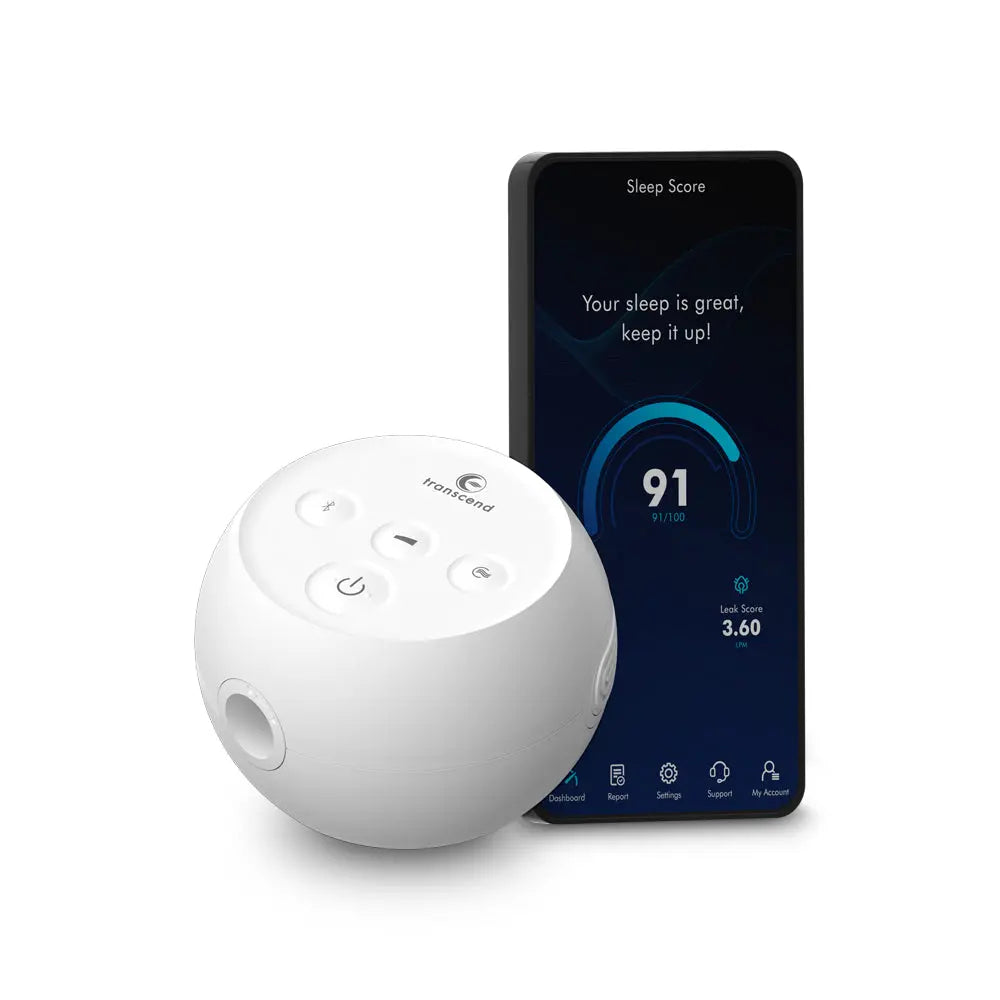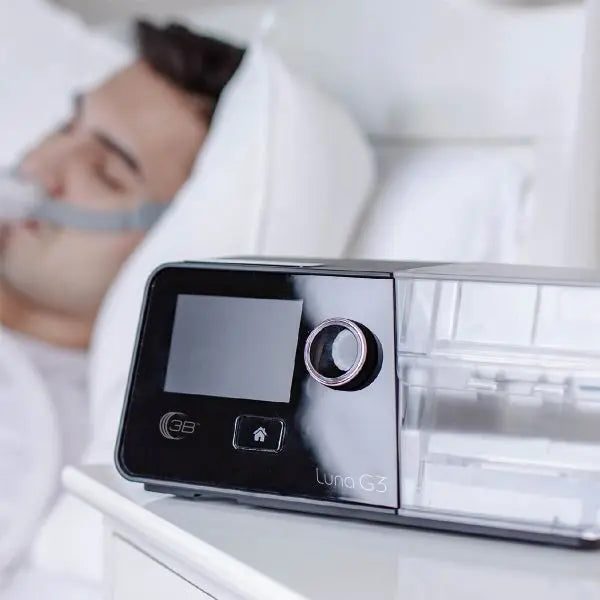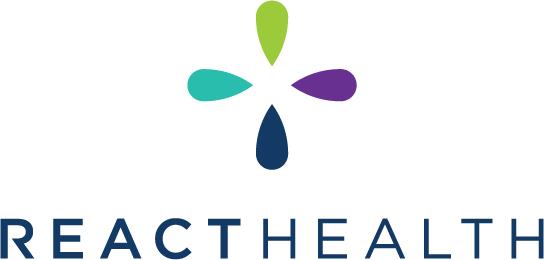How Eli Lilly’s New Weight-Loss Drug, ZepBound, May Offer Hope for Sleep Apnea Sufferers
Obesity and weight-related health conditions have long been intertwined. From cardiovascular disease and type 2 diabetes to joint problems and hypertension, carrying excess body fat can dramatically diminish a person’s quality of life. Among these obesity-related complications, obstructive sleep apnea (OSA) stands out as both common and frequently underdiagnosed. Now, a new weapon in the fight against both obesity and OSA may be on the horizon: ZepBound, Eli Lilly’s recently approved weight-loss drug, which early reports suggest may also offer relief to individuals suffering from sleep-disordered breathing.
Understanding the Link Between Obesity and Sleep Apnea
Obstructive sleep apnea occurs when the airway repeatedly closes during sleep, causing interrupted breathing, nighttime awakenings, and drops in blood oxygen levels. Over time, OSA can lead to daytime fatigue, reduced work performance, and an increased risk of accidents. More importantly, it can exacerbate serious health problems such as high blood pressure, heart disease, and stroke.
Excess body weight, especially in the neck and trunk, can exacerbate OSA by adding pressure on the airways. Studies have shown that weight loss—whether through lifestyle interventions, bariatric surgery, or certain medications—can significantly improve OSA severity and sleep quality. The challenge has been finding safe, effective, and accessible means to achieve and maintain substantial weight reduction.
Enter ZepBound: A Next-Generation Weight-Loss Medication
ZepBound (retatrutide) is one of the latest additions to a growing class of medications known as incretin-based therapies. These drugs act on hormones like GLP-1 (glucagon-like peptide-1), GIP (glucose-dependent insulinotropic polypeptide), and in ZepBound’s case, glucagon receptors as well. By engaging these metabolic pathways, ZepBound helps regulate appetite, improve glucose metabolism, and encourage the body to burn more calories.
Eli Lilly’s new medication follows the success of other GLP-1 receptor agonists such as semaglutide (Wegovy, Ozempic) and tirzepatide (Mounjaro), but it takes the approach a step further by targeting multiple metabolic pathways at once. Preliminary clinical trial data suggests that ZepBound may produce significant weight loss, potentially even greater than that seen with earlier-generation agents.
Why Weight Loss Matters for Sleep Apnea
The logical connection between obesity management and improved sleep apnea outcomes lies in the anatomy and physiology of the airway. A reduction in fat deposits around the neck and upper airway region lowers the likelihood of airway collapses during sleep. With less physical obstruction and fewer apneic events, patients experience deeper, more continuous sleep and better oxygenation throughout the night.
Several studies have shown that even moderate weight loss—around 10% of body weight—can significantly reduce the severity of sleep apnea. Patients may find that their Apnea-Hypopnea Index (AHI), a key measure of sleep apnea severity, drops as the pounds come off. For those who do not tolerate continuous positive airway pressure (CPAP) machines well or have found other weight-loss methods challenging, a medication like ZepBound could be a game-changer.
Early Evidence and Clinical Trials
While ZepBound’s primary indication is for weight management, early anecdotal reports and ongoing research are examining the drug’s effects on related conditions. Some physicians and patients have noted improvements in sleep quality and reductions in snoring intensity. Although these observations are not yet backed by large-scale randomized controlled trials specific to OSA, the link between substantial weight reduction and OSA improvement is well-established.
Ongoing trials and post-marketing studies will likely focus on whether ZepBound can produce clinically meaningful improvements in AHI and other sleep measures. The potential for an FDA-approved weight management drug to offer secondary benefits to sleep-disordered breathing is encouraging. Given the success of other GLP-1-based therapies in improving cardiometabolic outcomes, there’s reason to be optimistic that ZepBound may become another valuable tool in the holistic management of overweight and obese individuals.
Integrating ZepBound Into a Holistic Health Plan
It is important to remember that no medication—ZepBound included—is a standalone solution. Sustainable improvement in both obesity and sleep apnea requires a comprehensive approach. For patients, this might involve:
- Diet and Nutrition Counseling: Adopting a balanced, nutrient-dense eating plan.
- Physical Activity: Incorporating regular exercise to improve cardiovascular fitness and reduce visceral fat.
- Sleep Hygiene: Establishing a sleep schedule, avoiding stimulants like caffeine and screen time before bed, and maintaining a comfortable sleep environment.
- Medical Monitoring: Regular follow-up with a healthcare provider to track weight changes, metabolic markers, and sleep quality.
- Adjunctive Therapies: Utilizing CPAP machines, dental appliances, or positional therapy as needed while weight reduction is in progress.
The Future of Sleep Apnea Management
If ZepBound fulfills its early promise, it could help reshape how clinicians approach OSA in the context of obesity. Rather than simply relying on mechanical interventions like CPAP or costly and invasive procedures, physicians could offer patients a medication-based route to reduce the structural factors contributing to their sleep apnea. Combined with better access to sleep testing, patient education, and telehealth follow-ups, this could vastly improve the quality of life for millions.
In the future, we may see a new standard of care emerge—one where weight management and sleep interventions are integrated from the start. Thanks to advances like ZepBound, the line between metabolic health and sleep health is becoming clearer, paving the way for more effective, patient-centered treatment strategies.
Bibliography:
- Eli Lilly and Company. (2023). ZepBound (retatrutide) Product Information. Retrieved from: https://www.lilly.com
- WomansWorld. (2023). Eli Lilly’s Weight Loss Drug ZepBound Offers Sleep Apnea Relief. Retrieved from: https://www.womansworld.com/wellness/sleep/eli-lillys-weight-loss-drug-zepbound-offers-sleep-apnea-relief
- Strollo PJ Jr, Rogers RM. (1996). Obstructive sleep apnea. N Engl J Med, 334(2): 99-104.
- Peppard PE, Young T, Palta M, Skatrud J. (2000). Prospective study of the association between sleep-disordered breathing and hypertension. N Engl J Med, 342(19): 1378-1384.
- Chen L, Foster A. (2022). Weight reduction and improvement of obstructive sleep apnea: reviewing the evidence. Sleep Medicine Reviews, 62: 101598.
- Aronne LJ, Wadden TA, Peterson C, et al. (2023). Retatrutide, a novel GIP, GLP-1, and glucagon receptor tri-agonist for obesity: a randomized trial. The New England Journal of Medicine, 389(12): 1063-1074.
- Nedeltcheva AV, Scheer FA. (2014). Metabolic effects of sleep disruption, links to obesity and diabetes. Curr Opin Endocrinol Diabetes Obes, 21(4): 293-298.
- Epstein LJ, Kristo D, Strollo PJ Jr, et al. (2009). Clinical guideline for the evaluation, management and long-term care of obstructive sleep apnea in adults. J Clin Sleep Med, 5(3): 263-276.
Conclusion:
Eli Lilly’s ZepBound represents an exciting step forward in the treatment of obesity. The drug’s potential to improve not only metabolic profiles but also related conditions like obstructive sleep apnea highlights the interconnected nature of our health systems. As research continues to unfold, patients and providers alike look forward to a future where managing weight and improving sleep are part of the same integrated healthcare strategy.








Leave a comment
This site is protected by hCaptcha and the hCaptcha Privacy Policy and Terms of Service apply.